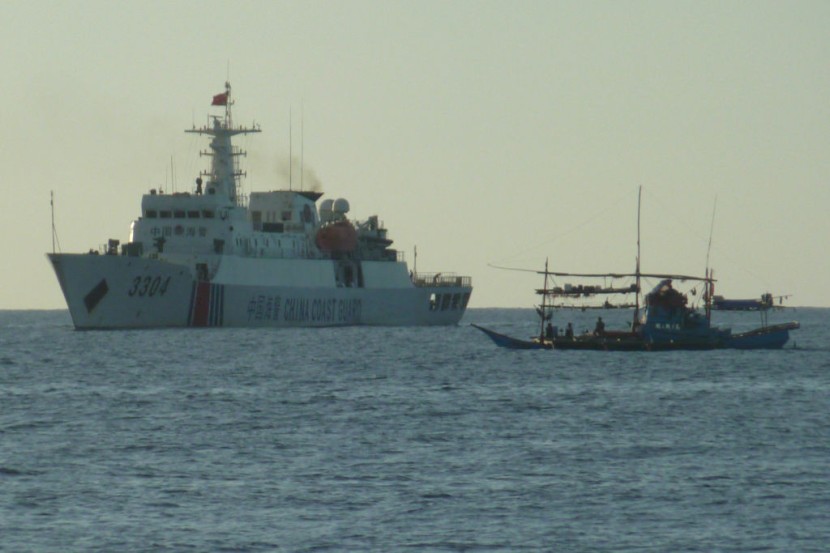The US and Philippine forces launched their largest combat exercises in decades, highlighted by a ship-sinking rocket barrage in waters across the disputed South China Sea and the Taiwan Strait, according to AP News.

Annual Drills
The annual drills will run up to April 28 and will involve over 17,600 military personnel. This will also serve as the latest displace of American firepower in Asia as the Biden administration strengthens alliances that will better counter China.
The Philippines continues to make efforts to defend its territorial interests in the South China Sea, which China claims virtually in its entirety, by boosting joint military exercises with the US and letting rotating batches of American forces stay in other Philippine military camps under a 2014 defense pact.
The annual drills, which are called Balikatan, are the largest since they started 30 years ago. It involves 12,000 US military personnel, 5,000 Filipino forces, and 100 Australian counterparts. The drills will showcase US warships, fighter jets and Patriot missiles, HIMARS rocket launches, and anti-tank Javelins.
In a live-fire drill that the allies will stage for the first time, the US and the Philippines will sink a target ship in the Philippine territorial waters off the western province of Zambales on April 26.
In the western Palawan province, where its location faces the South China Sea, the exercises will involve retaking an island captured by enemy forces.
These drills will help the Philippines boost its coastal defense and disaster-response capabilities. It is also made clear that the drills are not aimed at any country.
The field scenarios are meant to test the capabilities of the allies in combined arms live-fire, information, and intelligence sharing. It will also help make communications between maneuver units, logistics operations, and amphibious operations a lot better.
Also read: US Assures To Help Ally Philippines Defend Itself If China Attacks in South China Sea
The Increasing Pressure From China's Territorial Claims
The joint military exercise is part of the long-standing defense alliance between the US and the Philippines, which has been facing increasing pressure from China's territorial claims and aggressive actions in the South China Sea.
The US has been conducting similar joint exercises with other countries in the region, including Japan and Australia, to maintain its presence in the region and uphold freedom of navigation in international waters.
China's increasing assertiveness in the South China Sea has raised concerns among its neighbors and prompted them to seek closer ties with major powers like the United States.
The contested waters hold significant strategic importance due to their rich natural resources, such as oil reserves, fisheries stocks, and biodiversity hotspots; they are also crucial for global trade routes.
The US-led joint military exercises serve multiple purposes ranging from deterring potential adversaries like China or North Korea to projecting power across the Asia-Pacific region by maintaining a robust presence near key shipping lanes, thus ensuring freedom of navigation and protecting global trade interests.
Additionally, these exercises help build and strengthen military-to-military relationships, enhance interoperability among participating forces, and provide valuable training and operational experience for all involved.
The joint exercises also send a strong signal to China, demonstrating the unity and resolve of the US and its allies in the region to counter any potential aggression or expansionist moves.
They showcase the commitment of the US to its allies and partners in the Indo-Pacific, reinforcing the rules-based international order and promoting regional stability.
Furthermore, these military exercises allow participating countries to share knowledge, tactics, and best practices, enhancing their overall defense capabilities and readiness to respond to future challenges.
This collaborative approach fosters trust and cooperation among regional partners, enabling them to work together more effectively in times of crisis or conflict.
Related article: Davos 2023: Philippines Cites Indo-Pacific Tension Needs Diplomacy
© 2025 HNGN, All rights reserved. Do not reproduce without permission.








